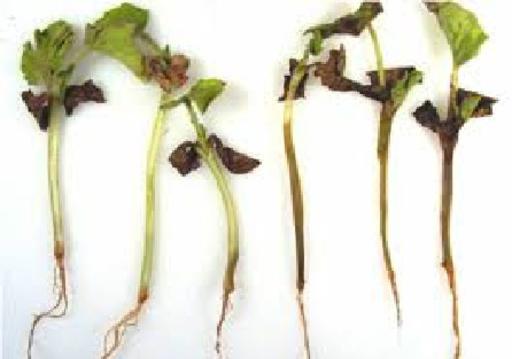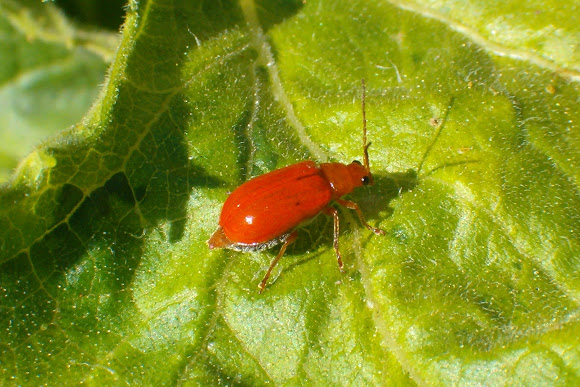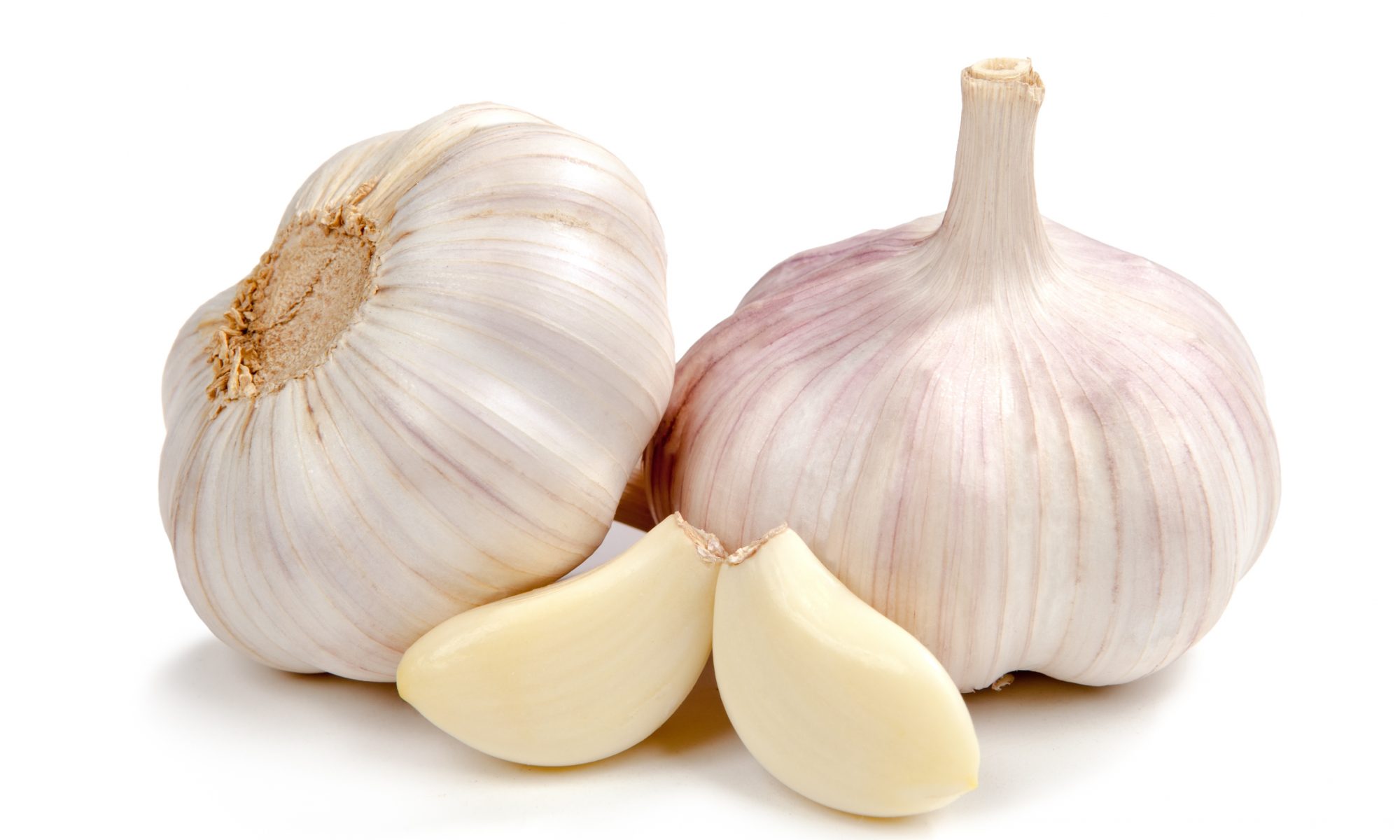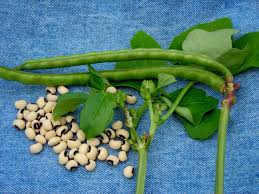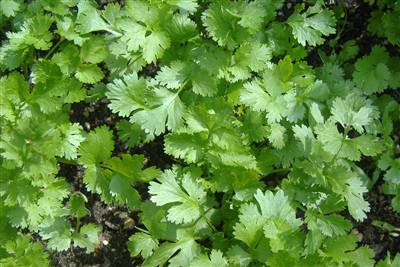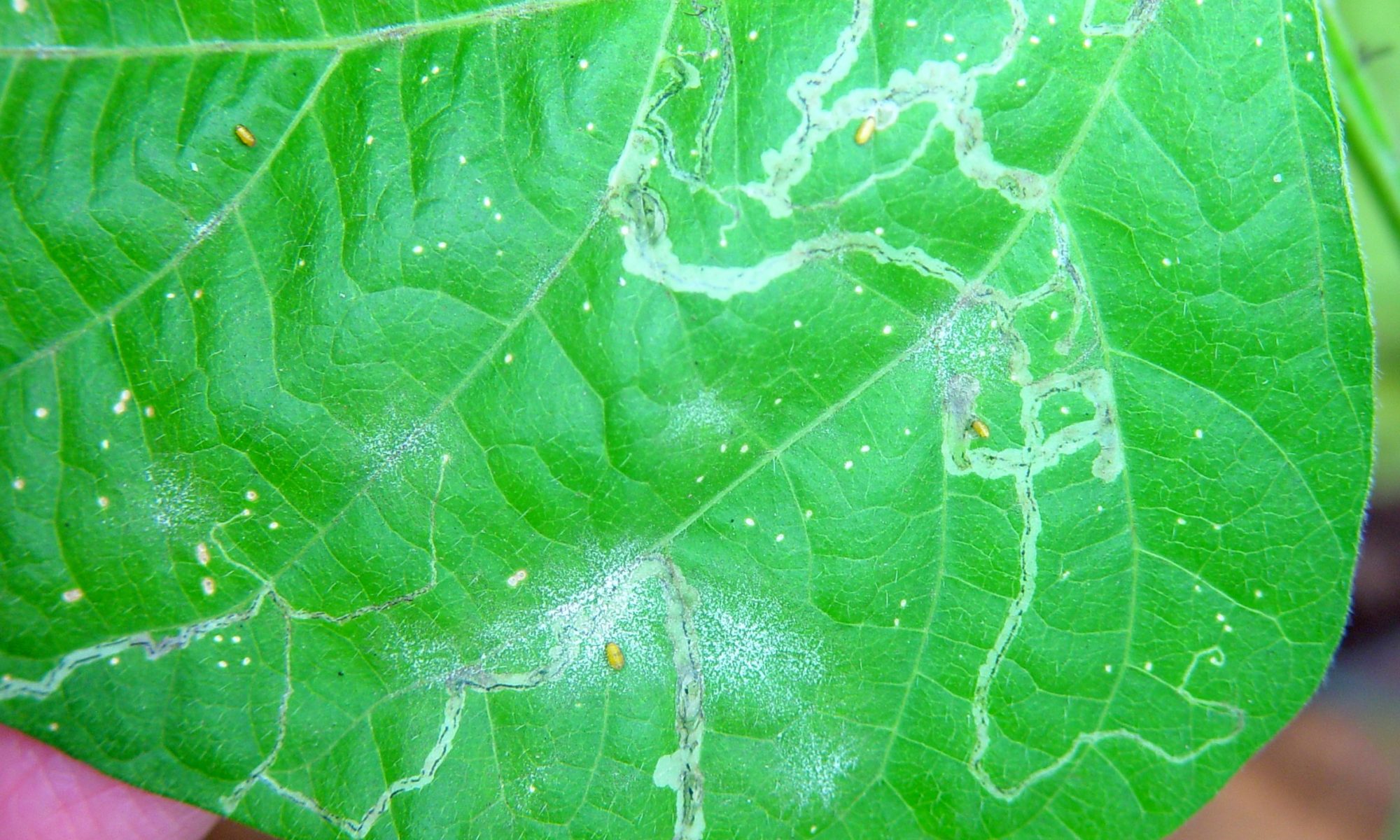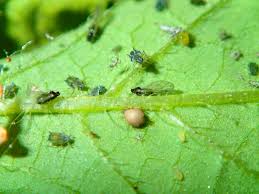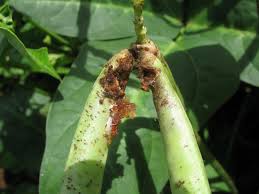- In this disease, the seeds fail either to exit the soil or fall immediately after emergence.
- Before the sowing of coriander, destroy the old crop residues and weeds through deep ploughing.
- Use disease-free seed and resistance variety.
- Treat the seed before sowing with carboxin 37.5% + thiram 37.5% @ 2 gm/kg seed.
- drenching with thiophanate methyl 70% WP 300 gm/acre.
Like and share with other farmers by clicking on button below
Share
